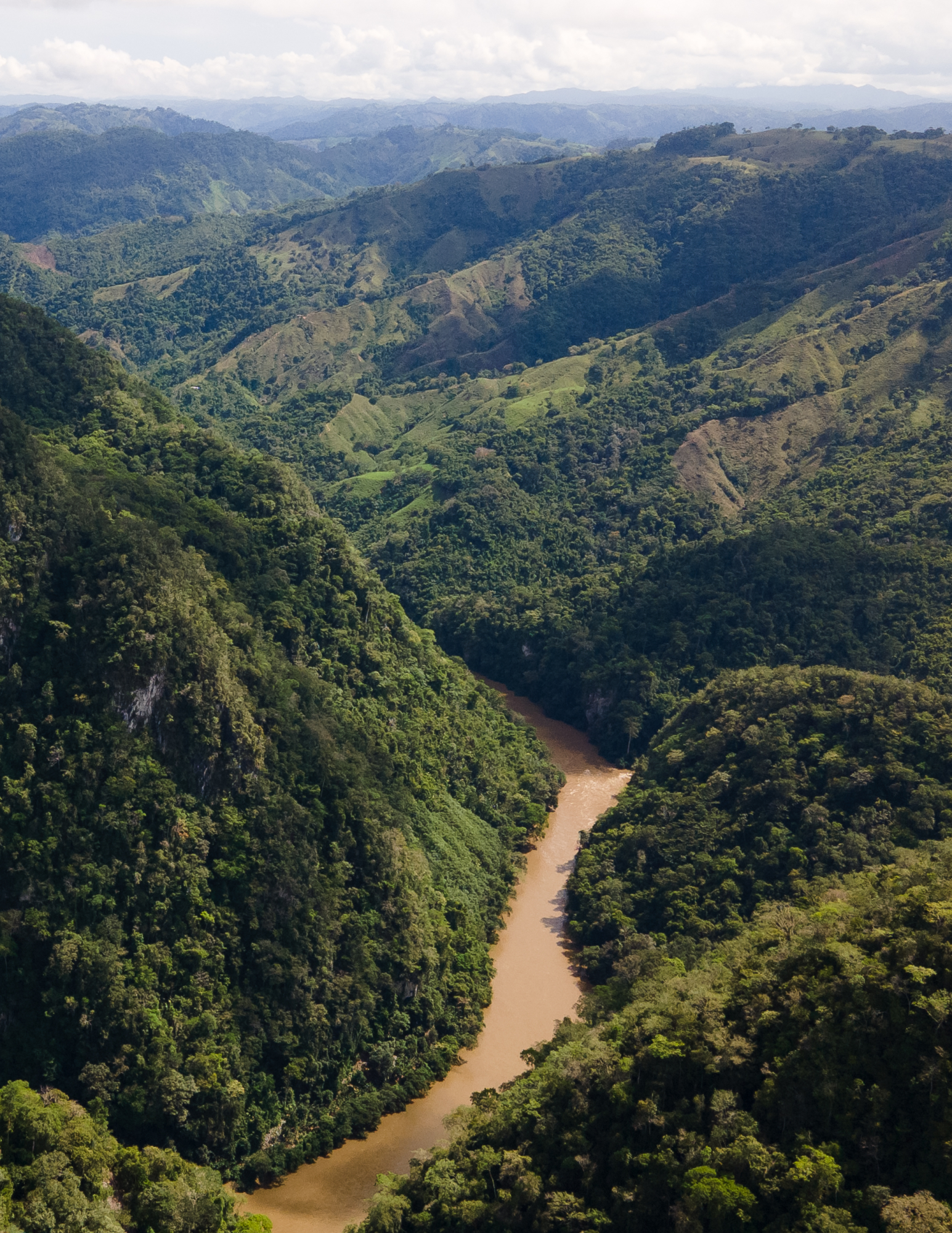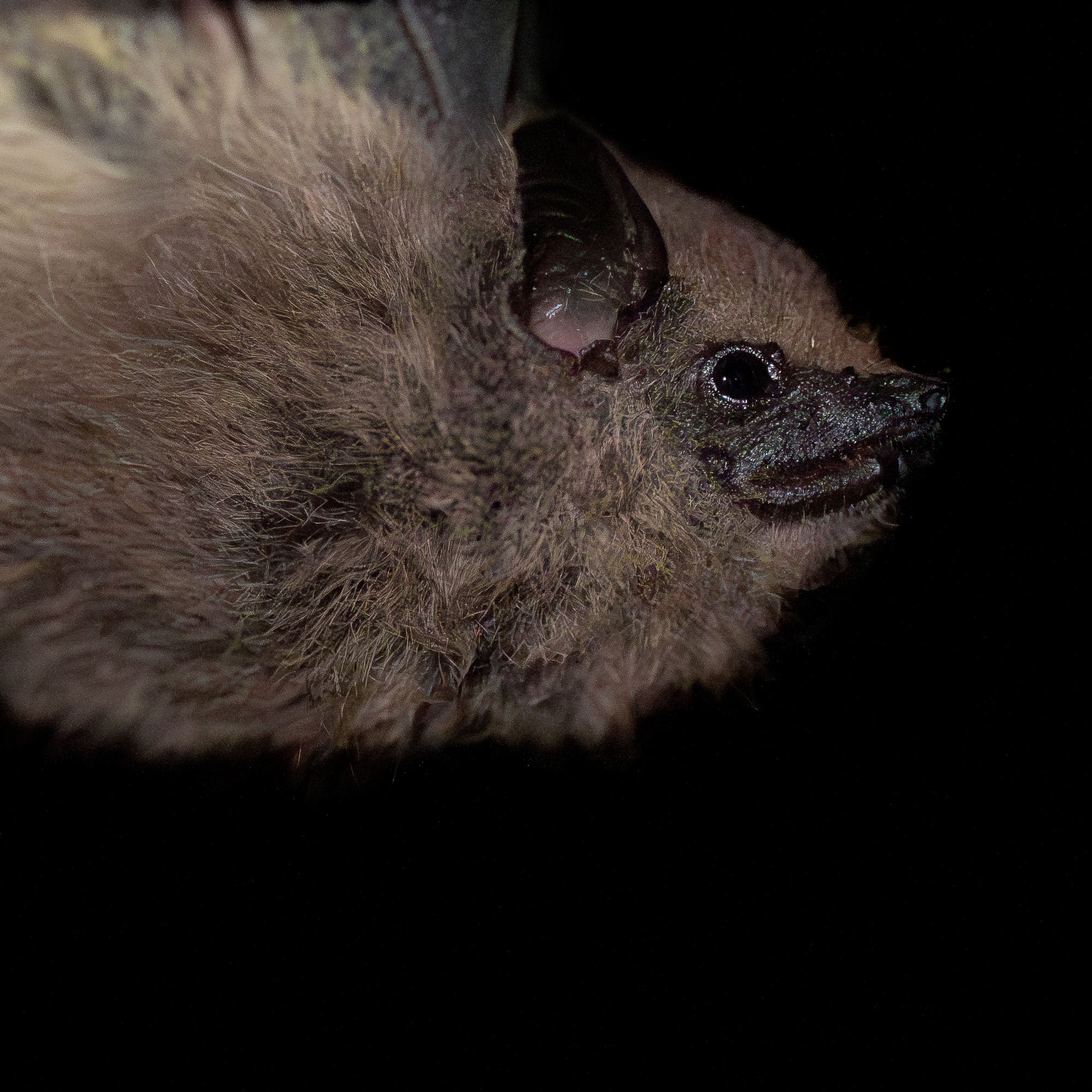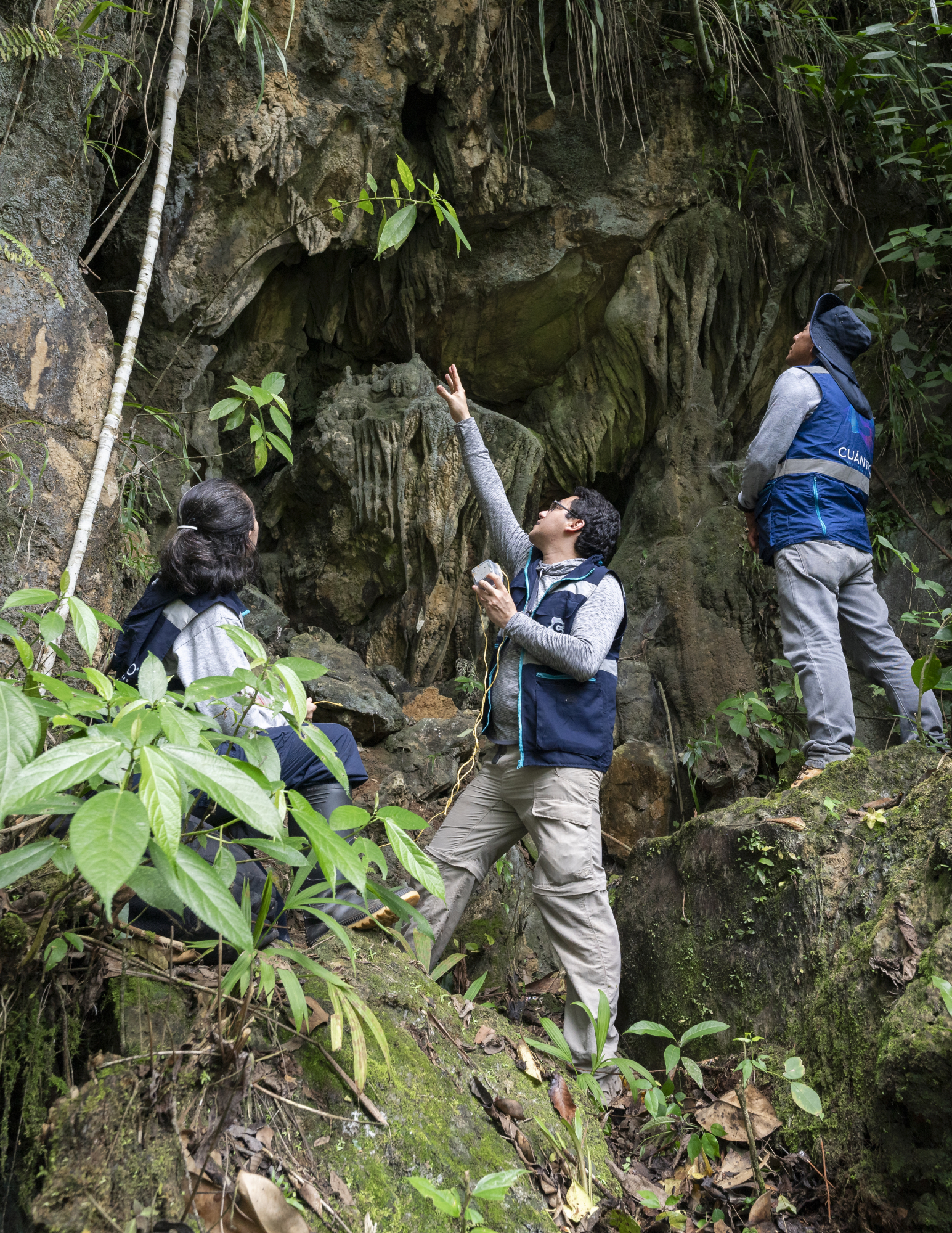The Route of Wings: the pioneering initiative that seeks to protect bats in Colombia

In the heart of the Karst Corridor of Eastern Antioquia, one of the most innovative conservation strategies in Latin America is being developed. It is the "Route of Wings," an initiative that seeks to protect the Saccopteryx antioquensis , commonly known as the Antioquian wing-sacred bat, an endemic and critically endangered species.

The "Route of Wings" project is located in the Karst Corridor of Eastern Antioquia. Photo: Mauricio Cardona Ramírez
This pioneering project articulates the efforts of experts, communities, and businesses to protect biodiversity through Habitat Banks, a model that allows for the restoration of strategic ecosystems and offsets environmental impacts, both on a mandatory and voluntary basis.
The initiative involves Bat Conservation International, the Colombian Bat Conservation Program, the Mammalogy Group of the University of Antioquia, Terrasos, the University of Rosario, and Cuántico Global Eco Service.
"Why is Saccopteryx Antioquensis important to us? Beyond being an emblematic species of the country, a species unique to our territory, it's endemic to Colombia. If we lose it, we lose natural heritage. This species feeds on insects, and if the number of insectivorous bats decreases, the number of mosquitoes in an area may increase, and that brings with it other public health problems, such as tropical fevers," says Jefferson Sánchez Castrillón, the project's principal investigator.
The scheme is simple: Habitat Banks are protected and long-term managed areas to offset environmental impacts caused by development projects or by any actor seeking to contribute to the conservation and restoration of nature.
This model, created by the Colombian company Terrasos, allows these spaces to be restored and conserved in a technically and financially sustainable manner, creating safe havens for species like bats and promoting the recovery of entire ecosystems.

The Saccopteryx antioquensis is endemic to Colombia. Photo: Mauricio Cardona Ramírez
These spaces, by conserving areas where bats live, also help preserve other species that inhabit the area. Basically, the areas become mandatory conservation zones, without being, on paper, a protected area like a natural park. And they operate thanks to funding from companies or organizations that seek to contribute to the protection of biodiversity through this mechanism.
“Habitat Banks offer an efficient conservation option because they integrate ecological preservation and restoration with sustainable economic mechanisms. Unlike other conservation strategies, Habitat Banks are established as a project that guarantees quantifiable gains in biodiversity, as well as financial, legal, and technical guarantees that ensure sustainability and permanence,” says Alejandra Cárdenas, Bank structuring leader at Terrasos.
Furthermore, these Habitat Banks, which are not a new model but have been in operation for some time, can benefit multiple species in different ecosystems. In the Orinoquia region, for example, animals such as the otter, the peccary, and the spectacled bear are protected; in Cundinamarca, the ocelot and the red-fronted parakeet; and in Antioquia, the woolly ocelot and the spectacled bear.
The model includes four key phases: participatory assessment, engagement with stakeholders, structuring the Bank, and monitoring results. In this sense, its success depends on strong partnerships between communities, governments, businesses, and academia.
The chosen area Although bats are not a species known for generating empathy, they are essential to ecosystems, and the destruction of their habitat can pose health risks to humans. If we degrade their ecosystems, we could face increases in agricultural pests, reduced natural forest regeneration, and ecological imbalances that affect food security and human health. Furthermore, some species may be forced to move into urban environments, increasing conflicts between wildlife and people.
Therefore, to establish the best possible ecosystem for Saccopteryx antioquensis, researchers used ultrasound recorders to track the bat's presence and behavior, cross-referencing this information with remote sensing that analyzes landscape structure. This approach allowed them to map ecological corridors and design evidence-based restoration strategies.

Researchers making acoustic recordings to identify the best areas for conservation. Photo: Mauricio Cardona Ramírez
“We use habitat suitability, occupancy, and ecological connectivity models, which allow us to identify the sites that offer the best conditions for the species and where it can move. These are mathematical models that require a lot of information, and that's why we designed a rigorous sampling process, visiting 80 sites in four areas of the Karst Corridor,” explains Carlos Ortiz Yusty, leader of the species' Habitat and Distribution Analysis.
The core of this strategy is the IKA Refuge, the first habitat bank dedicated exclusively to bats in Latin America. Located in Antioquia, this refuge not only guarantees a safe space for Saccopteryx antioquensis , but also represents a model that can be replicated in other regions of the country.
Currently, although the project began in the Karst Corridor of Eastern Antioquia, the vision, according to the initiative's researchers and leaders, is to expand this conservation model to other areas of Colombia that are home to different species of bats.
An event to take flight On April 25th, La Ruta de las Alas was officially launched at the Casa Rosarista of the Universidad del Rosario in Bogotá. The event, described as "an immersive and transformative experience," brought together diverse stakeholders to explore the project's impact.
There, not only the plight of the Antioquian bat was highlighted, but also the potential of Habitat Banks as a comprehensive conservation tool. "The Route of Wings is consolidating its position as a regional benchmark for conservation based on science, participation, and co-responsibility," the experts noted.
Environment and Health Journalist
eltiempo




